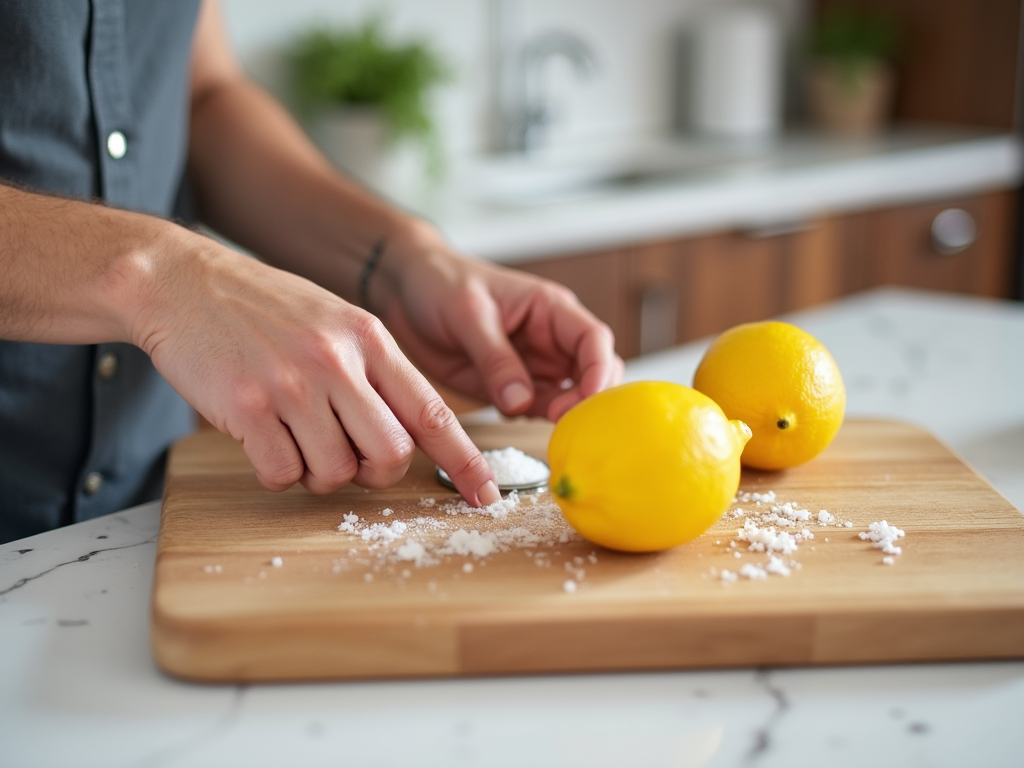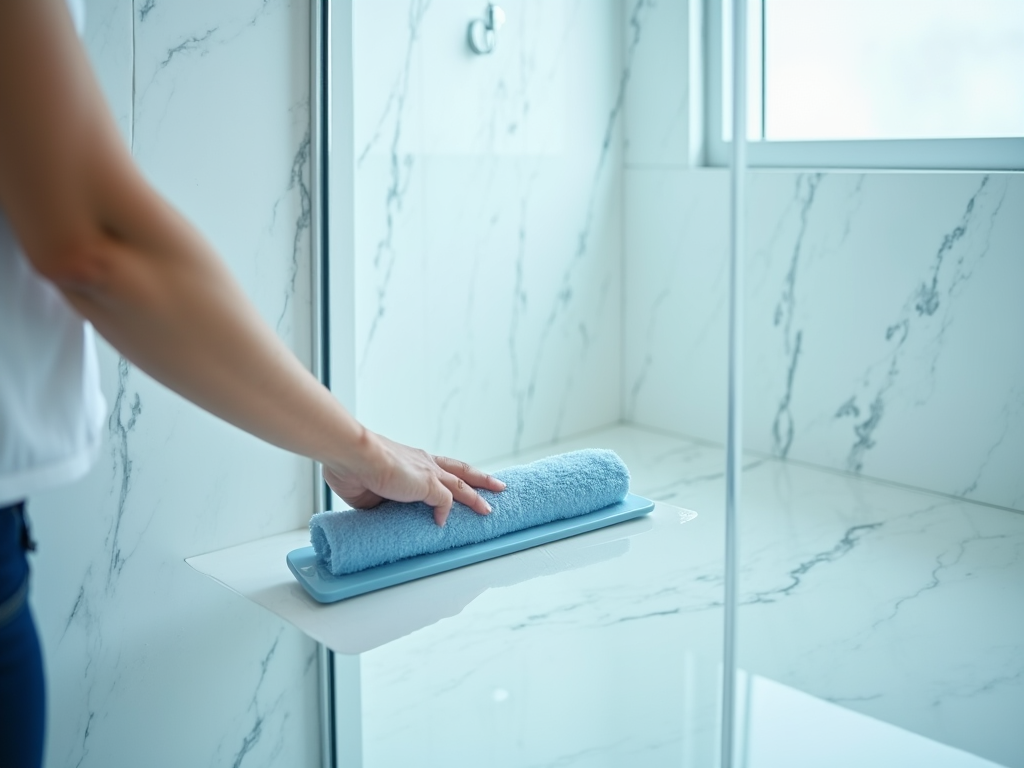Maintaining a wooden cutting board not only preserves its appearance but fundamentally ensures food safety and prolongs its usability. This article provides an in-depth guide on how to clean a wooden cutting board effectively. By following these steps, you’ll be able to eliminate bacteria, prevent stains, and retain the board’s natural luster.
Understanding the Importance of Regular Cleaning

Wooden cutting boards are a staple in many kitchens due to their durability and gentleness on knives. However, without proper cleaning, they can harbor harmful bacteria, which poses significant health risks. Regular cleaning helps prevent cross-contamination between raw meats and other food items. Given their porous nature, wooden boards can absorb liquids, making them more prone to unpleasant odors and staining. Thus, maintaining a routine cleaning schedule is crucial not just for aesthetics, but for the health and safety of anyone consuming the food prepared on it.
Step-by-Step Guide to Clean a Wooden Cutting Board

To effectively clean your wooden cutting board, follow this comprehensive method:
- Rinse with Hot Water: Start by rinsing the board with hot water immediately after use. This initial rinse helps remove food particles and oils.
- Scrub with Soap: Use a sponge or scrub brush with mild dish soap to clean the board. Scrub both sides, even if one side wasn’t used during food prep.
- Rinse Thoroughly: Make sure to rinse off all soap residues, as they can penetrate into the wood and affect both its texture and smell.
- Dry Immediately: Use a clean towel to dry the board thoroughly. Avoid letting it air dry, as prolonged exposure to water can cause the wood to warp or crack.
- Sanitize with Vinegar or Baking Soda: Occasionally, apply white vinegar or sprinkle baking soda to kill bacteria effectively. Let it sit for a few minutes before rinsing off.
Even with vigilant cleaning, wooden cutting boards can sometimes develop stains or odors, especially if exposed to certain foods such as garlic, onion, or berries. To address staining and odor issues, consider the following approaches. Sprinkle coarse salt or baking soda over the board, then cut a lemon in half and use it to scrub the surface vigorously. This combination acts as a natural deodorizer and stain remover. Leave the mixture on the board for a few minutes before rinsing it off with warm water. Persistent stains might require repeating this process or using white vinegar for deeper cleaning.
Proper Storage to Prevent Damage
Storing your wooden cutting board correctly can significantly extend its life and maintain its quality. Always store the board in a vertical position instead of flat, which aids in complete drying and prevents moisture buildup. It’s important to keep the board in a well-ventilated area to avoid mold and mildew formation. Ensure it doesn’t come into contact with other kitchen items that might scratch or gouge the surface. Consider placing it on a rack or a dedicated slot if your kitchen layout allows. Proper storage not only helps in maintenance but also avoids unnecessary warping or cracking, which can be caused by improper environmental conditions.
Conclusion
Cleaning your wooden cutting board is more than just a routine task; it’s a practice vital for kitchen hygiene and food safety. By implementing the steps outlined above, you’ll not only ensure a clean and sanitary surface for food preparation but also significantly extend the life of your board. Coupled with appropriate storage practices, your wooden cutting board will serve as a reliable kitchen companion for years to come. Keeping up with regular cleaning and maintenance reflects responsible kitchen management and promotes a healthier cooking environment.
Frequently Asked Questions
1. How often should I oil my wooden cutting board?
It’s recommended to oil your wooden cutting board once every month. Oiling helps in maintaining moisture and prevents the board from cracking or warping.
2. Can I put my wooden cutting board in the dishwasher?
No, wooden cutting boards should never be placed in the dishwasher. The excessive heat and water can cause the wood to warp, crack, or split, reducing its lifespan.
3. What type of oil should I use on my wooden cutting board?
Use food-grade mineral oil or a specialized cutting board oil. These products are designed to penetrate the wood and maintain its integrity without turning rancid.
4. How do I eliminate deep knife marks from my cutting board?
Sand the board lightly using fine-grit sandpaper until the marks are smooth. Follow up with a thorough cleaning and finish by applying mineral oil to restore its appearance and protective layer.
5. Is it safe to use bleach on a wooden cutting board?
It’s not recommended to use bleach as it can cause the wood to dry out and break down over time. Instead, use vinegar or hydrogen peroxide as a safer alternative for sanitization.


